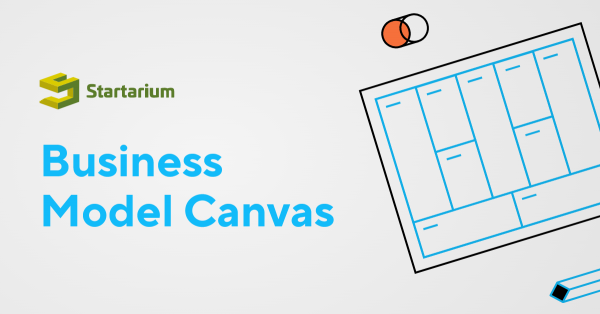We continue the Module Two series with self-confidence. Referring to our guiding metaphor, we can see self-confidence as the surfboard itself, visualizing its significance in providing stability, empowering surfers to tackle challenges, and maintaining a strong foundation for servers their devil adventures.

We're going to cover:
- What is self-confidence and how it manifests
- What to be aware of when it comes to self-confidence
- Action: Identify beliefs about self-confident people
- How to cultivate self-confidence
- Action: Build self-confidence with the 3 intelligence levels
Self-confidence means:
- Putting trust in your own judgment, capacities, and abilities
- A core belief that influences behavior and decision-making
- The expectations of performance via self-evaluation & experience
- That which brings about more happiness
- It operates in the known, with courage operating in the unknown.
How to cultivate self-confidence
- Take a posture of confidence
- Practice presence
- Build your energy capacity
- Exercise regularly
- Visualize confidence
- Give yourself permission to be
- Clarify your goals
- Speak well to yourself
- Ask for help & offer support
Identify Beliefs On Self-Confidence
What do you believe about self-confident people?
Ask yourself this question as many times as needed, in as many ways as possible, until the answer is “That’s about it, that’s all I believe about them”, then reflect on it.
Beware:
- Don’t confuse self-efficacy or self-esteem with self-confidence.
- Self-confidence is not static and can be objective.
- Self-confidence is not a fixed trait; it can be influenced & developed.
- Too much self-esteem & self-confidence don’t result in narcissism.
- It’s a process, not a one-time shot.
How to build self-confidence with 3 intelligences
1. Head level = Rationality
2. Heart level = Intuition
3. Gut level = Emotions + Physiology
“Confidence comes not from always being right, but from not fearing to be wrong.” - Peter T. McIntyre























